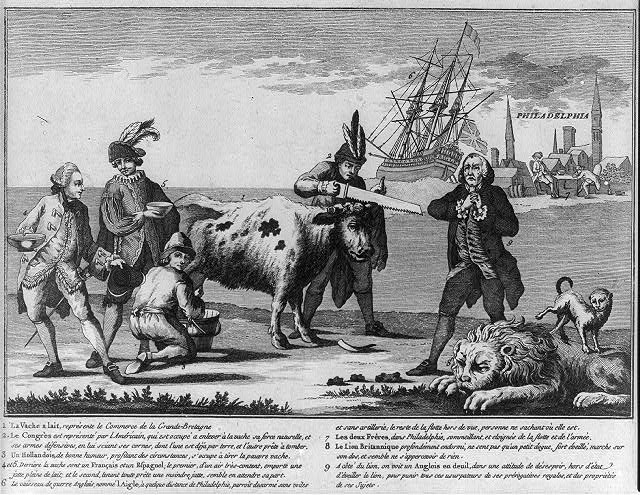
As we commemorate the 250th anniversary of the American Revolution, St. Luke’s invites you to explore the ideas that helped to shape the patriot cause. In the first lecture of our Summer Series, “Revolutionary Puritans,” Executive Director John Ericson looks at how Puritan beliefs about liberty and virtue influenced America in the 1770s.
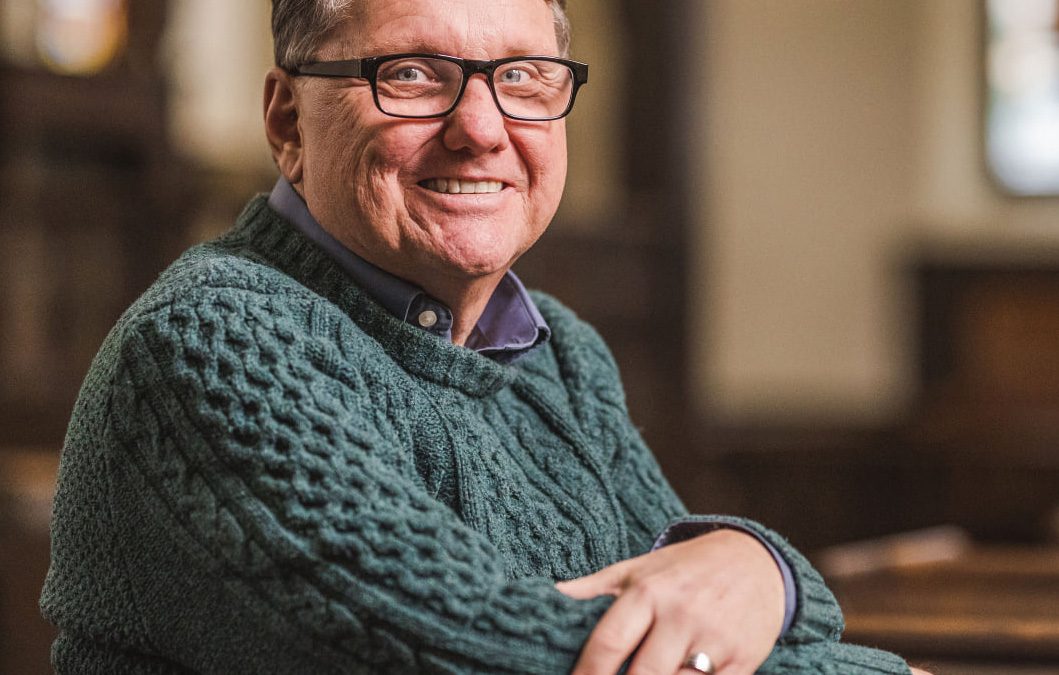
In this article, John Ericson, Interim Executive Director, discusses upcoming events and plans for St. Luke’s Historic Church & Museum.
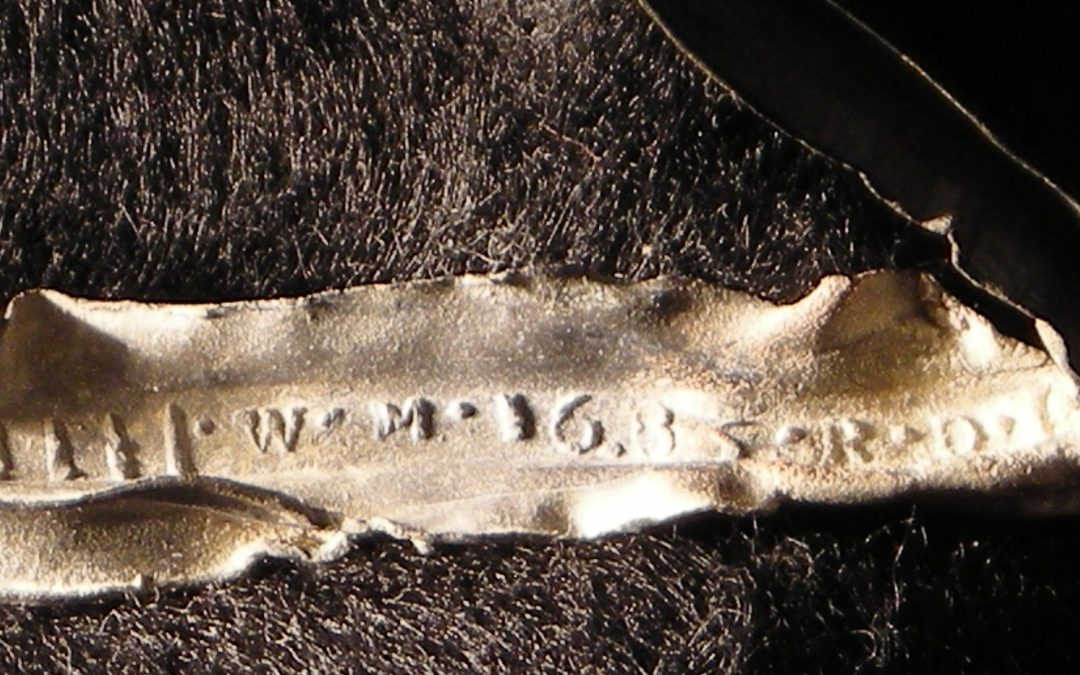
In this article, we discuss the dating of St. Luke’s church building. We will touch on several pieces of evidence that points to its circa 1685 completion date.
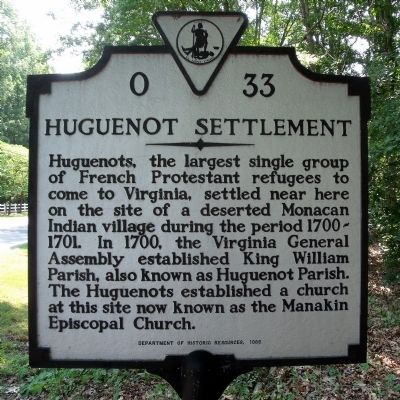
This article discusses the Huguenots, a group of Protestants who fled Catholic France to escape persecution and their settlements in early Virginia.
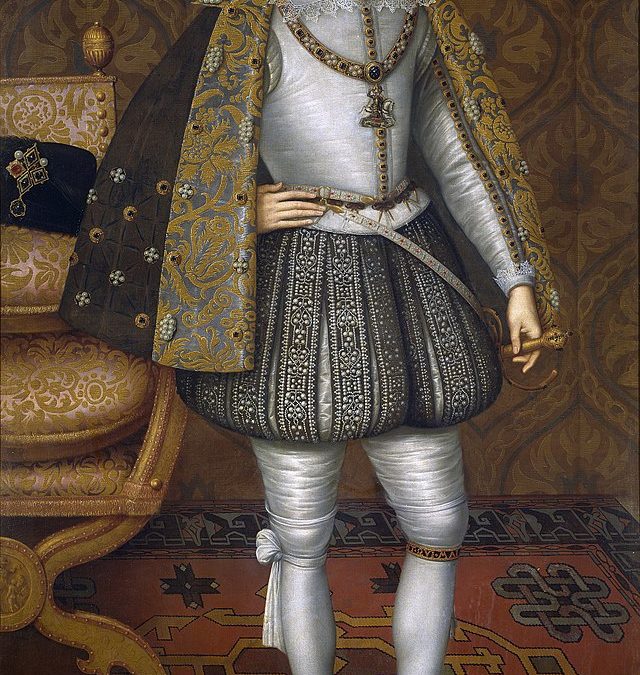
In this article, we discuss the motivations, intentions, and consequences behind the creation of the 1611 King James version of the Bible.
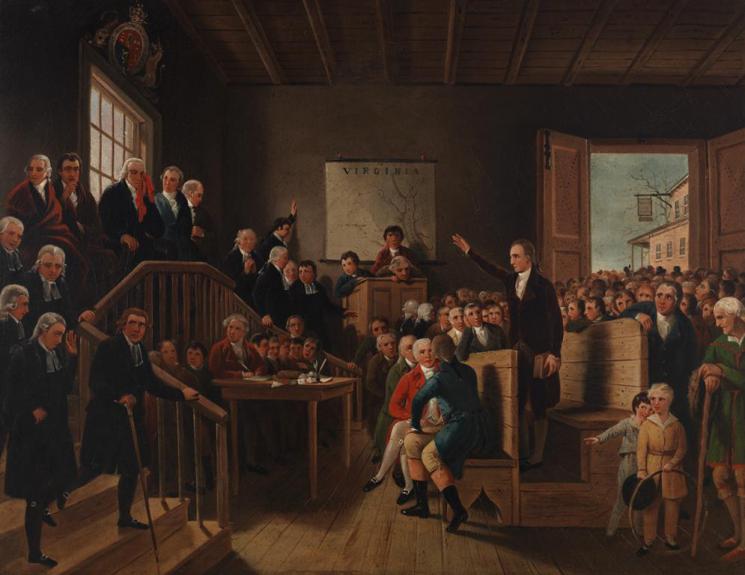
In this article, we introduce the Rev. John Camm. Camm traveled from England to become the Rector at the Newport Parish in Isle of Wight County, later known as St. Luke’s. He was a minister of high regard who had received his Doctorate in Divinity.
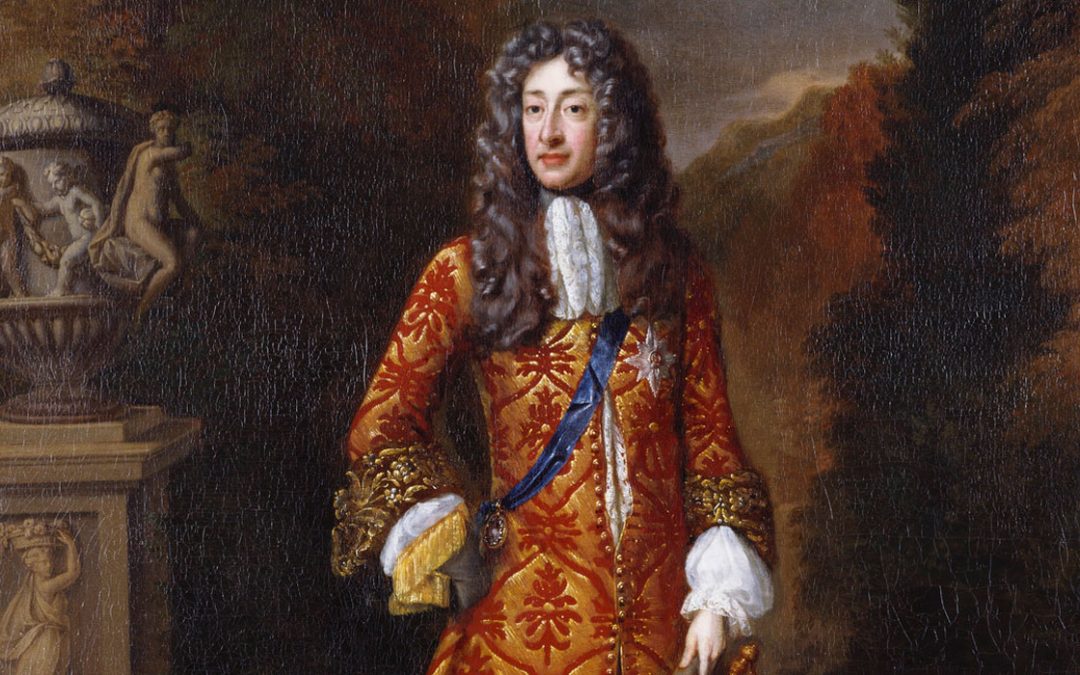
James II ascended to the throne after the death of his brother Charles II in 1685. But his transition to power was anything but easy. Learn more about the king who was beset on all sides because of his religious beliefs.
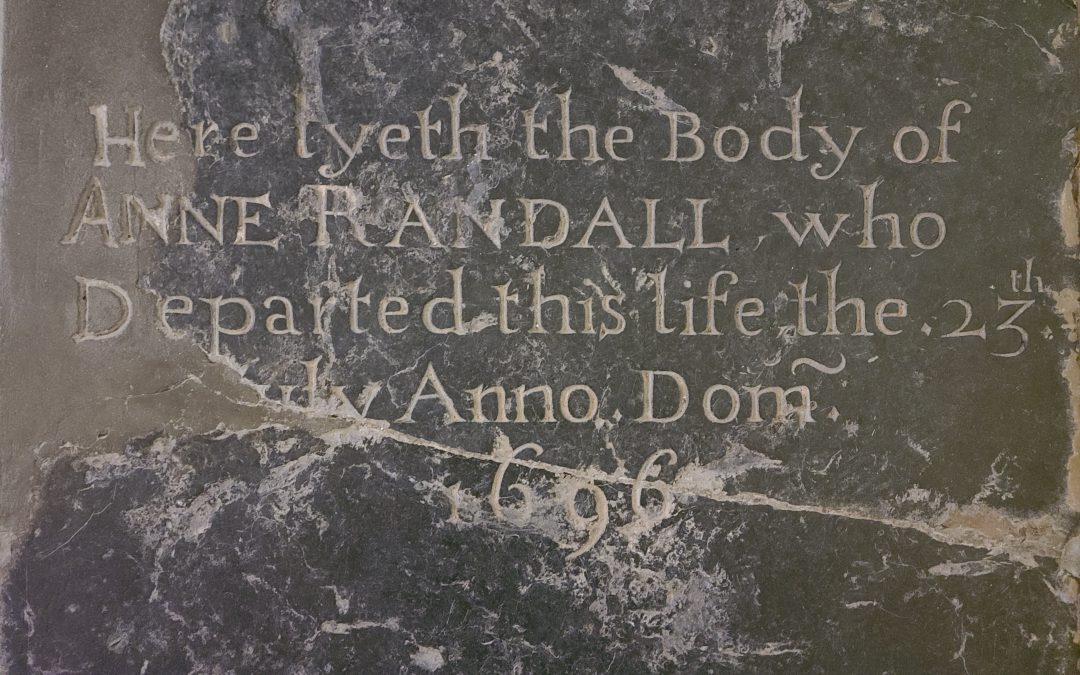
St. Luke’s is about to embark on a final journey of sorts. In late January, researchers will come together to explore what remains in Anne Randall’s tomb. The “Old Brick Church” of St. Luke’s has been a resting place for its guarantor, Colonel Joseph Bridger, but who is this person resting next to him in the chancel floor and what is in her tomb? Soon we hope to answer these questions and share them with you.
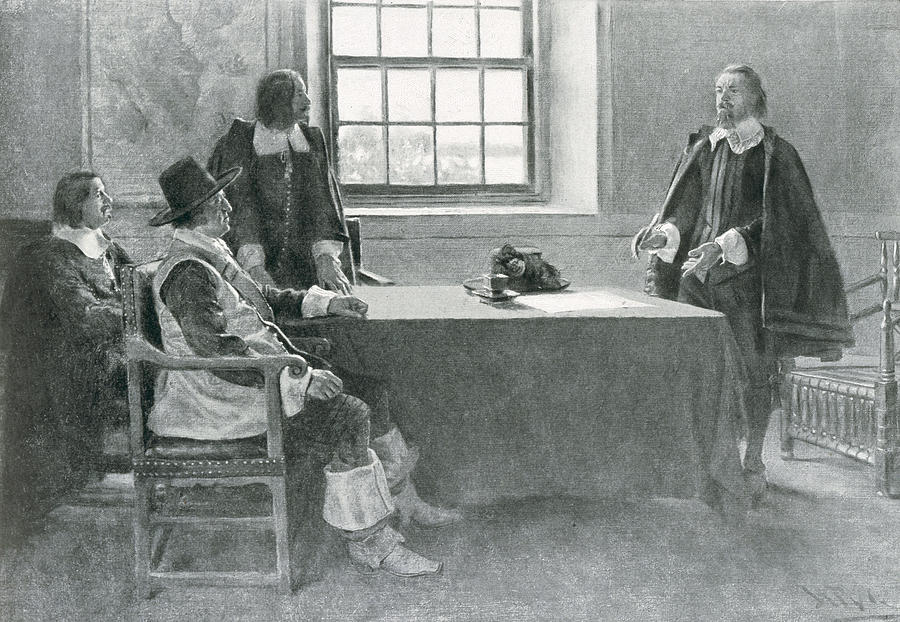
In our third and final installment of the series on religion in England and its protectorates during the Commonwealth from 1649 to 1660, we discuss how the Virginia Colony was affected by its home country’s governmental transition to Puritanism.
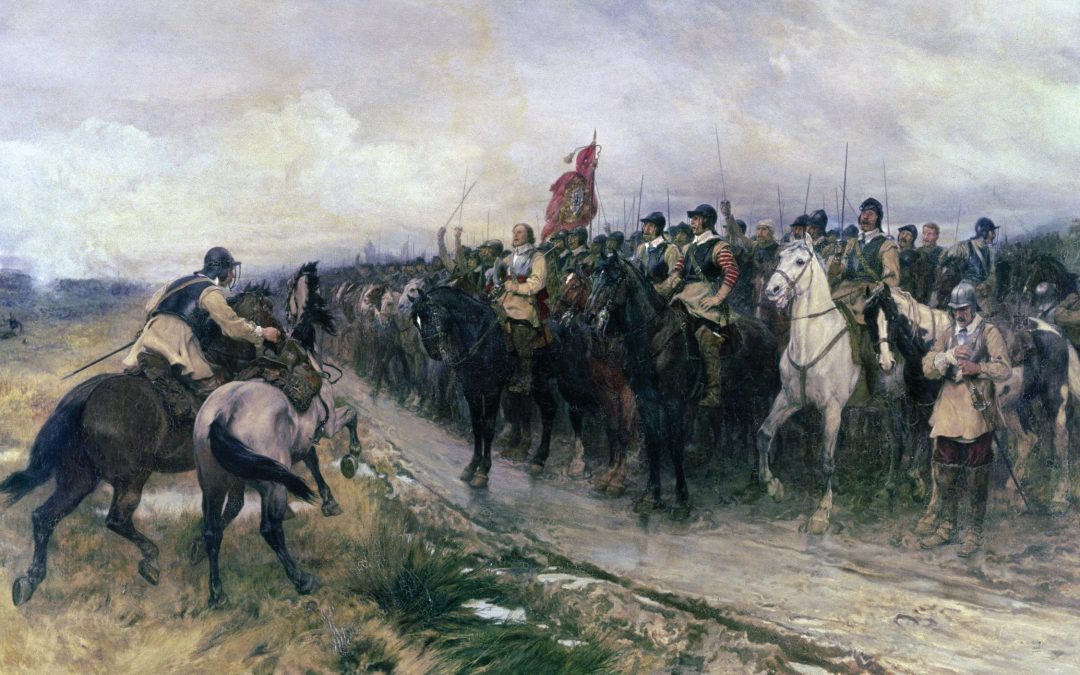
The years from 1649 to 1660, which constituted the period of the Commonwealth of England, was a time of extraordinary violence. While Oliver Cromwell is often seen as this era’s most dominant leader in England, there were others who helped chart the course of the republican government.

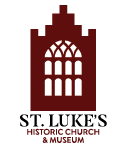









Recent Comments